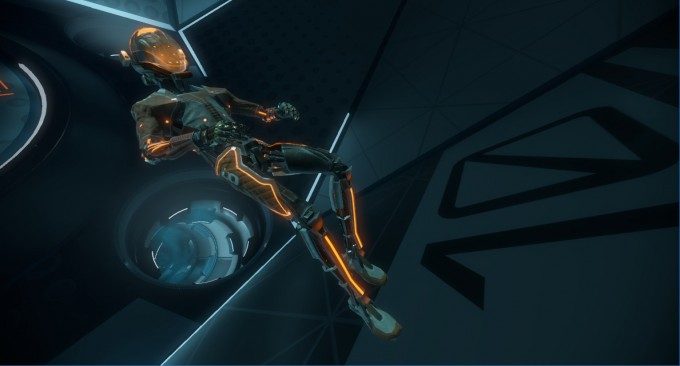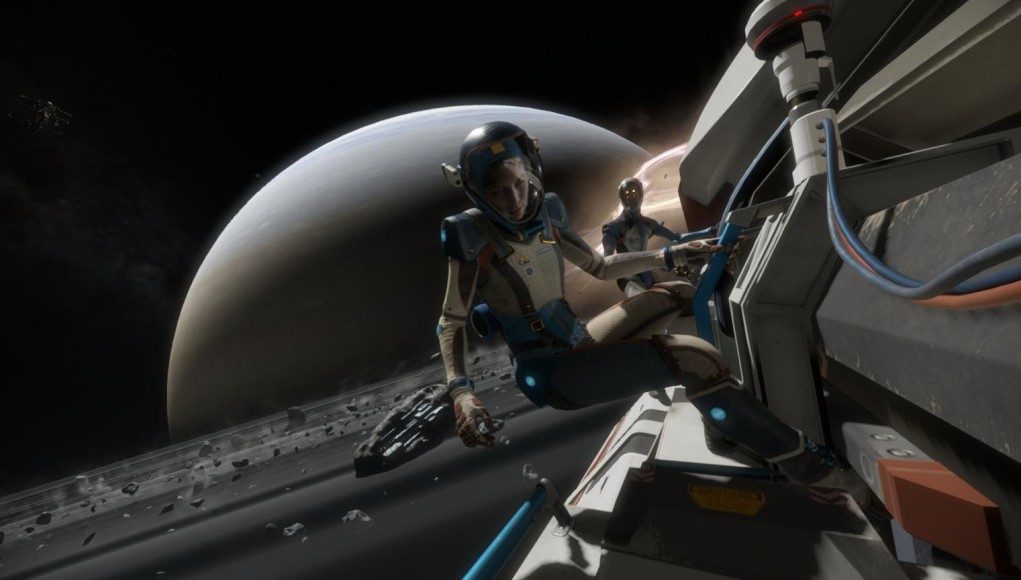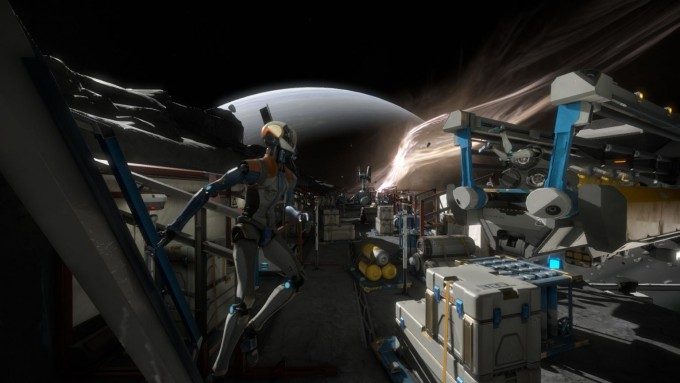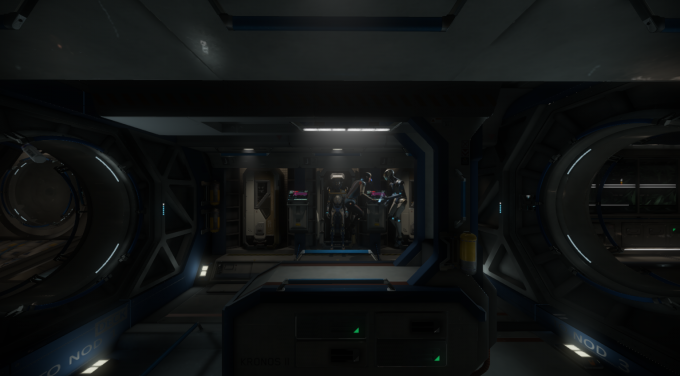Frank He gets his hands into Ready at Dawn’s first VR title and finds Lone Echo to deliver one of the best zero g experiences yet seen in VR, all thanks to clever design and of course the Oculus Touch motion controllers.
Out of the several high-budget games announced at Oculus Connect 3, one of the most mysterious might be Lone Echo, an Oculus Touch title by Ready at Dawn, developers of PS4’s The Order: 1886 (2015) and several God of War titles for PSP.
You may have struggled to grasp precisely what Lone Echo is all about having watched only the debut trailer (below), but after playing the single player demo at OC3, here’s my one line synopsis: Lone Echo is a first person VR adventure game, where you play a robot-piloting AI named Jack who serves a human crew investigating an anomaly in deep space.
With an original narrative, high quality art and sound direction, and an innovative movement system, it was one of the most promising demos for a VR game I’ve tried. The demo takes place entirely in zero gravity, and the locomotion they’ve developed for it hasn’t been seen in any other space themed VR game out currently, so let’s start there.
If you think back to the instances in movies or videos where astronauts are throwing themselves around in space by grabbing and pushing against a wall or a handle, ‘Lone Echo’ might be exactly what you’d imagine that should feel like in VR, at least with the limitations of today’s consumer hardware. I found Lone Echo finally edges closer to providing the zero gravity experience I’ve always wanted.
Previous VR experiences – ThreeOneZero’s ADR1FT for example – have mostly been about using thrusters to navigate space, but with the possibilities VR motion controllers open up, you can use your hands to reach out and grab any object and surface in the game, be it a railing, or another floating human, and push off the object in order to propel yourself.
There’s also a system where, when grabbing onto things, your virtual robotic hands get locked to the surface, with the the fingers properly configured as you’d expect them to, no matter what shape it is. This was a software technique Ready at Dawn pulled off just in time to show it at Connect, and – despite some glitches – it definitely helps sell your interaction with the environment. The game also allows you to traverse space via mounted thrusters, controlled by directional pointing of the Touch device.

While it did feel to me like this game truly let me explore in zero gravity with fewer constraints than before, the very nature of zero g movement will be alien to most people, and so nausea is a risk. However, I was told by one of the developers that slow acceleration, one of the primary agitators of motion sickness in VR, was mostly done away with in Lone Echo. Instead, velocity would ramp up almost instantaneously in most cases. There also seemed to be no artificial rotation that I could detect, with the player using their physical body to turn. That may explain why I felt totally comfortable playing through the demo, with none of the ‘swimmy’ feelings you might expect with such an experience.
With that compelling locomotion demonstrated, I was keen to see what the developers could do with it. Starting with a narrative introduction, I found it difficult to pay attention, as I was preoccupied with looking around, gazing at the environment. Plus, my new found robotic body, which was fully rendered and visible. According to the human, I was serving as Jack the AI, and that I needed to be calibrated first. That of course served as the convenient tutorial section, consisting of basic obstacle courses designed to get me up to speed on on movement, motion controlled laser-cutting, holographic button pushing, and the usual stuff you do in space as a digital-mechanical being.
An extra but notable little detail they added in the calibration phase was that when the captain came to investigate you, as she does in the above trailer, should actually reach out to try and touch her, she would react by leaning back to keep out of your grasp. If you were quick enough, you could also snag away her notepad, which she would also react to. Other NPCs showed similar behavior.
Once the demo begins, there isn’t a huge amount of action, as you’re sent too and control a device that somehow modulates the space anomaly, some interference from an unknown force occurs, and your captain gets you to go save her as her leg got stuck on something in the chaos. Then it fades to dark as you see a giant space ship come out of the anomaly. Most of the types of things I did in the demo could actually be seen from the trailer, but what made it all worthwhile was the combination of well crafted elements in sound, voice acting, art assets, and other small details, like the behavior from NPCs, that made for a consistently immersive story driven experience, especially when the locomotion system melts away like it did.
I came away impressed with what Ready at Dawn had to show at Connect with Lone Echo. The title exhibits originality in its choice of locomotion choices, and at the same time managed to convey the traversal of space better than any other VR title I’ve tried yet. Alas, we have no release date to look forward to as yet, but the developers did at least tell me that this will be no lightweight ‘VR Experience’ when it finally appears for the Oculus Rift and Oculus Touch.









